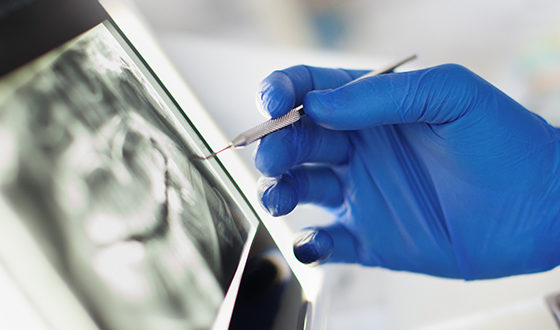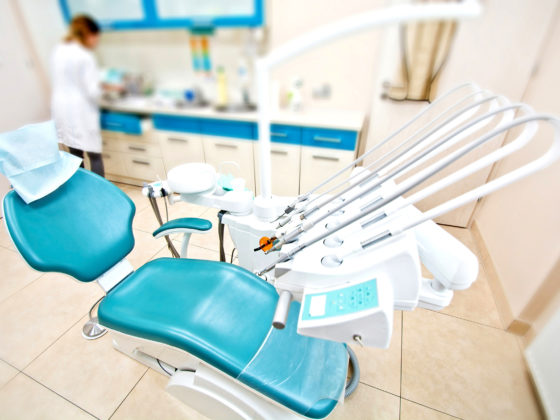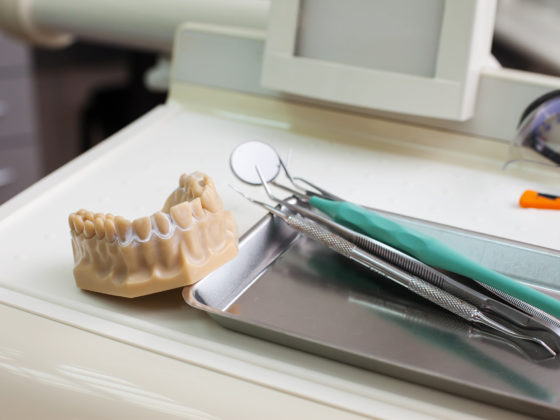
The most common risk factors of oral cancer are:
- Tobacco products
- Alcohol intake
The combination of both tobacco and excessive alcohol use can greatly increase the risk of oral cancer. There can be a misconception that these are the only ways of developing the disease. You do not need to be smoking cigars like Tony Soprano to contract oral cancer. Unfortunately, it can occur for those who abstain completely from drinking and smoking. The root cause is not always obvious. As with other forms of cancer, it can often have no real connection to a lifestyle choice but this should not be justification for concern.
The chances of the cancer being treated successfully are higher the earlier it is spotted. The early detection of oral cancer is vital for the effectiveness of treatment. Here at Marchwood Dental in Kanata, we aim to do just this.
Oral Exams
Regular comprehensive exams at the dentist remain one of the most effective ways to find and treat these oral cancers before they become more severe and life-threatening. Changes in the gum tissue such as small white or red spots could be an indicator of a cancer growth. However, it is always recommended that you undergo examination by a dentistor registered dental hygienist to confirm if this is the case. General gum health is something that dentists will observe when you are having an oral exam. A suspected tumor could be something slightly more benign. The appearance of harmless and harmful spots can be virtually identical. Changes to the gum tissue such as a sore that last for longer than usual should be taken notice of. We would urge anyone in doubt to come visit us for a simple oral cancer screening.
There are a few ways in which a dental surgeon will attempt to detect oral cancer. Visual examination of the mouth, head and neckincluding the nose interior, face, and lips would take place. This requires taking out any removable dental prosthesis to ensure all the surface area is inspected. The dentist would look for any abnormalities such as swelling, bumps, spots, patches of colour and ulcerations.
Physical examinations would follow the initial visual one. Inconsistencies in the texture of the gums or unusual masses on the face or neck can be a sign. The dentist will ask the patient if certain movements or pressure causes pain. Painless symptoms can also occur, such as swelling of the affected area.
The use of standard medical tools would be next on the dentist’s checklist and more advanced and technological methods deployed. Something called a ‘nasopharyngolaryngoscope’ can be useful. This is a flexible fibre optic camera that makes it possible for spotting areas further down to the larynx (the voice box) and the pharynx (the cavity behind the nose and mouth).
The dentist may require the patient to return for further screenings. There may be the need for visits to other medical practitioners to assess a particular symptom, based on signs and symptoms. Lifestyle changes may be recommended for the patient if they consume tobacco and/or alcohol.
Always check in with a dentist. They will be able to talk with you about your concerns and alleviate any worries you may have about your dental health.


